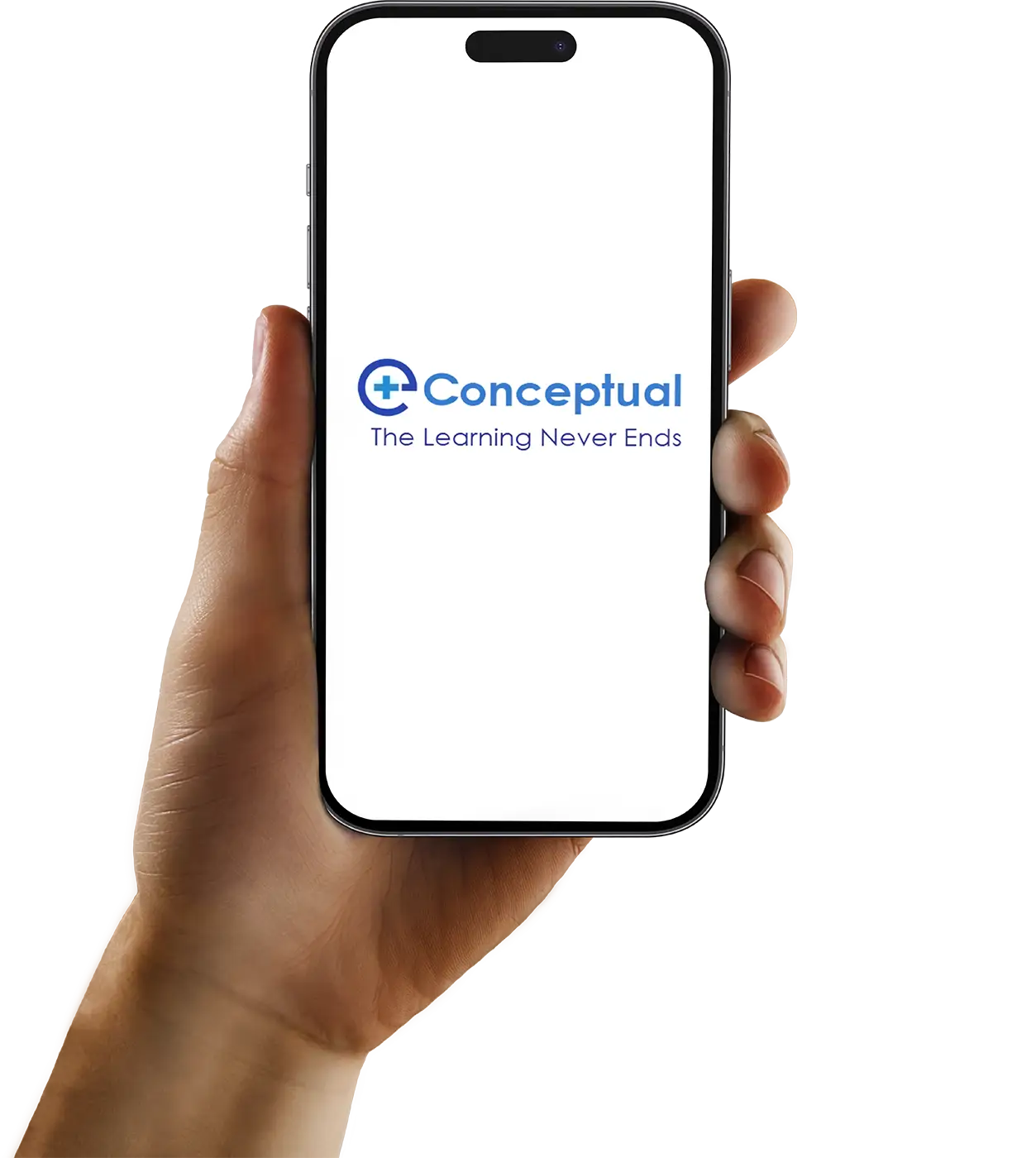
Radiological Anatomy: Practice Cases by the Legendary Teachers of Conceptual Radiology
As a vital component of medical education, radiological anatomy provides the essential foundation for diagnosing and managing a wide range of conditions.
This book, Radiological Anatomy: Practice Cases has been designed to bridge the gap between theoretical anatomy and its practical application through radiological imaging, ensuring that students are equipped with both the knowledge and skills necessary for clinical excellence.
How will this book help?
In using this book, we encourage you to take a methodical approach. Each chapter has been curated to provide a comprehensive, yet accessible review of anatomy as visualized through various imaging modalities such as X-ray, CT, MRI, and ultrasound.
Begin with a thorough understanding of the basic anatomy presented, as this will be crucial when interpreting radiographs and scans. The key to mastering radiological anatomy lies in recognizing normal structures in a range of planes and variations, so pay close attention to the numerous annotated images provided.
Radiology is not just about seeing; it’s about understanding the structures you visualize and how they correlate with clinical findings. This book aims to instill in you both the confidence and competence to interpret radiological images effectively, setting a strong foundation for your future as a clinician, an invaluable guide throughout your studies.
HOW TO APPROACH THIS BOOK
Strategic Approach to Radiological Anatomy: Practice Cases Textbook
- Understand the Purpose:
– Recognize the goal: mastering anatomical structures through various radiological modalities.
– Appreciate the clinical relevance of radiological anatomy for diagnosing diseases. - Review the Basics First:
– Start with reviewing basic anatomy before diving into radiological images.
– Use the textbook’s introductory chapters to refresh your understanding of normal anatomical structures. - Study Section-by-Section:
– Focus on one region or system of the body at a time (e.g., head, chest, abdomen).
– Use the same progression of chapters to build knowledge systematically. - Master Imaging Modalities:
– Pay attention to different imaging techniques (X-ray, CT, MRI, ultrasound).
– Learn the unique features of each modality and when they are clinically indicated. - Analyze Annotated Images:
– Study the provided annotated images in detail, noting landmarks and normal variations.
– Correlate these images with the textual explanations to solidify understanding. - Practice with Clinical Cases:
– Use the clinical case studies and exercises at the end of each chapter to apply your learning.
– Focus on identifying key structures, variations, and pathological changes in real-life examples. - Integrate this textbook with your broader medical studies, cross-referencing with other anatomy and pathology texts.
By following this structured approach, students will gradually develop the ability to interpret radiological anatomy with confidence and precision.
Please Note :
Starting 5th November 2024, courier charges will be added for Conceptual Radiology (set of 7 books, Rs. 1700/-).
The dispatch of CR books will commence on 16th October.

Check Sample Pages
Exclusively For Premium Subscribers
Subscribe Now

Get Unlimited Access With Our Premium Membership


